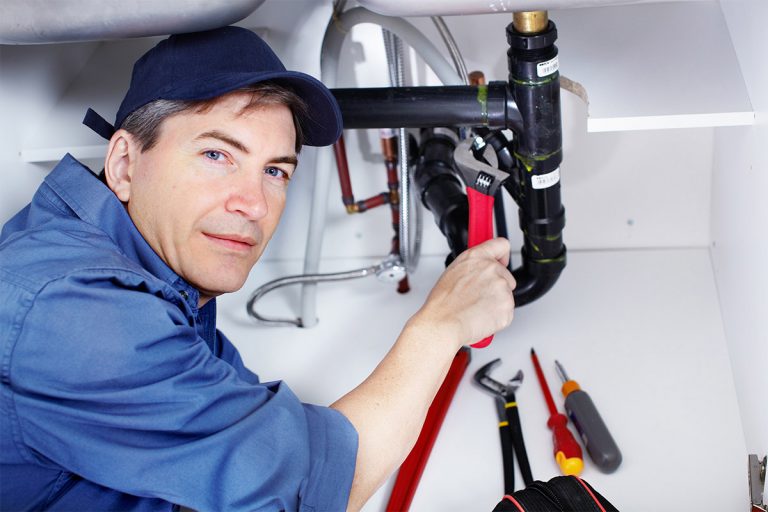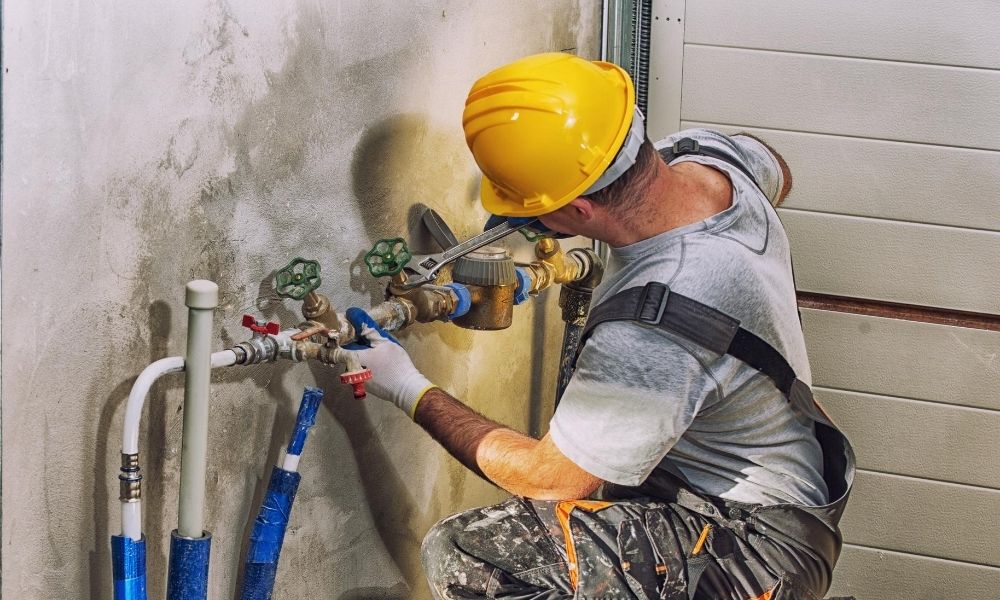Frozen pipes can be a homeowner’s nightmare, leading to costly repairs and inconvenience. Fortunately, with some preventive measures and insights from seasoned υδραυλικοσs, you can safeguard your plumbing system from the harsh effects of winter. Here are some invaluable tips to prevent frozen pipes and ensure peace of mind during the year’s coldest months.
1. Insulate Exposed Pipes
One of the most effective ways to prevent frozen pipes is by insulating them. Pipes in unheated areas such as attics, basements, and crawl spaces are particularly vulnerable to freezing. Insulating these pipes with foam sleeves or wrapping them with heat tape can provide much-needed protection against plummeting temperatures.

2. Maintain Adequate Heating
Maintaining a consistent temperature within your home is crucial for preventing frozen pipes. Keep your thermostat set to a consistent temperature, even when you’re away. If you’re going on vacation during the winter months, never turn off the heating entirely. Instead, lower it to a minimum temperature to ensure your pipes remain warm enough to prevent freezing.
3. Seal Leaks and Cracks
Inspect your home for any leaks or cracks that could allow cold air to seep in and freeze your pipes. Seal any gaps around windows, doors, and foundation walls with caulk or weatherstripping. Additionally, ensure that any holes or openings where pipes enter your home are properly sealed to prevent drafts.
4. Let Faucets Drip
On especially cold nights, allowing faucets to drip can help relieve pressure within your pipes, reducing the likelihood of freezing. Even a slight, steady drip can make a significant difference in preventing pipe blockages. Focus on faucets located along exterior walls or in vulnerable areas of your home.
5. Open Cabinet Doors
In colder areas of your home, such as under sinks, opening cabinet doors can help warm air circulate around the pipes. This simple trick can greatly prevent freezing, especially in areas with poor insulation or limited heat circulation.
6. Disconnect and Drain Outdoor Hoses
Before temperatures drop below freezing, disconnect and drain all outdoor hoses. Leaving hoses connected can cause water to back up into the pipes, leading to freezing and potential bursts—once disconnected, store hoses indoors or in a sheltered area to prevent damage.
7. Install Pipe Heating Cables
For particularly vulnerable pipes or areas with a history of freezing, consider installing pipe heating cables. These cables wrap around the pipes and provide consistent low-level heat to prevent freezing. While they require an initial investment, they can save you from costly repairs in the long run.

8. Know How to Shut Off Your Water
In case of a pipe freeze or burst, knowing how to shut off your water supply quickly is essential. Locate your main water shut-off valve and ensure that everyone in your household knows how to turn it off. This knowledge can help minimize damage and reduce the risk of flooding in the event of a plumbing emergency.
By following these tips from experienced plumbers, you can protect your home from the damaging effects of frozen pipes. Remember, prevention is key when it comes to maintaining a functioning plumbing system, especially during the winter months.
